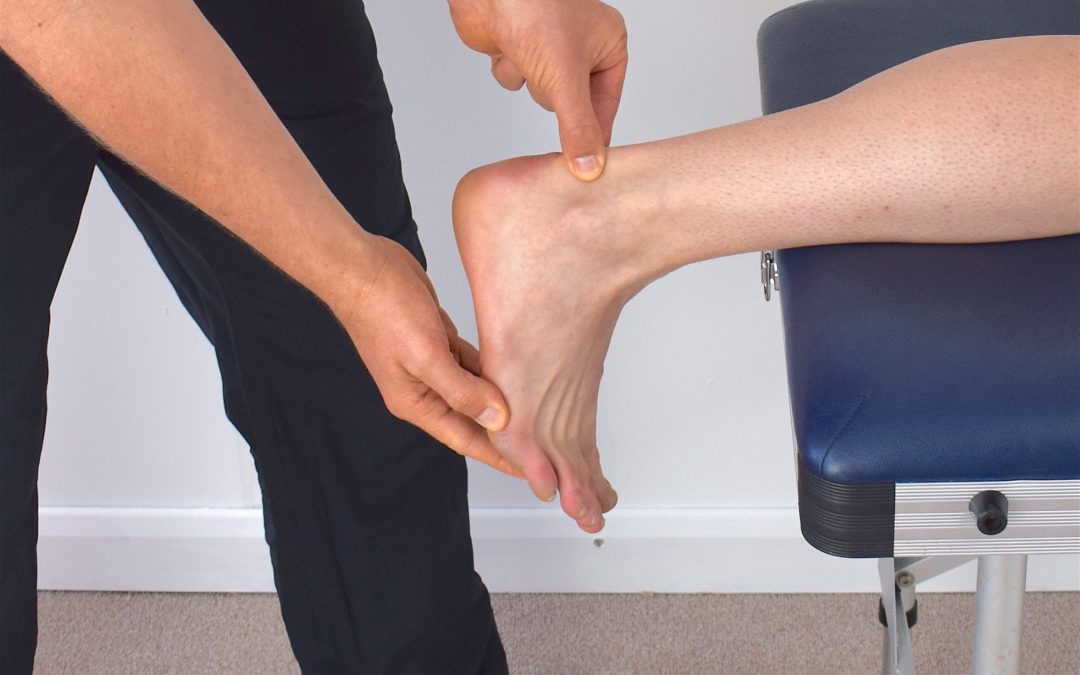Social media is saturated with exercise and diet advice, this is nothing new, only the platform on which its presented.
A 6 week meal plan for weight loss, The seven exercises all runners should do, Do this exercise to eliminate back pain… I’m sure you could find more examples. Before the internet these were primarily presented in magazines but more formal versions have been and continue to be offered in books, text books and research studies. Many research studies contain evidence based exercise recommendations for common problems, back pain, shoulder pain, knee pain ect. What I have seen happen multiple times is an exercise programme featured in a study become a ‘go to’ protocol in academic text books. Now this might seem logical to perpetuate successful exercises in this manner. However a key principle is ignored here that you will have become aware of through your own real-world clinical experience.
The key principle I want to focus on in this blog is: Every INDIVIDUAL has an INDIVIDUAL response to exercise. That’s why I don’t have pre-printed exercise sheets to give people. That’s why that exercise for Achilles pain didn’t work even though you did exactly what I taught you on my Tendon course. It’s also why all your patients don’t get better in 3 sessions.
Now there is a books worth of discussion to be had here. For the blog let me keep it succinct and helpful for you by making some simple recommendations.
- Don’t waste patients’ time, choose 1-3 exercises that target their problem and have meaning and relevance for them.
- Test the exercise in clinic to make sure the patient is happy, or at least accepting of doing it, after this make sure they do the exercise somewhat correctly – don’t over-complicate movement but also don’t make it too boring.
- Give them a regression, standard, and progression to do and explain that daily fluctuations in pain and function are normal.
- They should feedback in 3 days if your/their exercise is making it worse, otherwise keep going until they see you next.
- A follow-up session provides a goal for the patient and increases motivation, this alone is a very credible reason to book a follow-up session.
Remember that one specific exercise might not suit the next person but you will find your most successful exercises that work for the majority, you just need a plan for the minority.
Let us know your thoughts!
Connect with Daniel ‘The Physio Channel:
Attend Daniels Lower Limb Tendinopathy course
Watch some of the Online Tendinopathy course for FREE here
